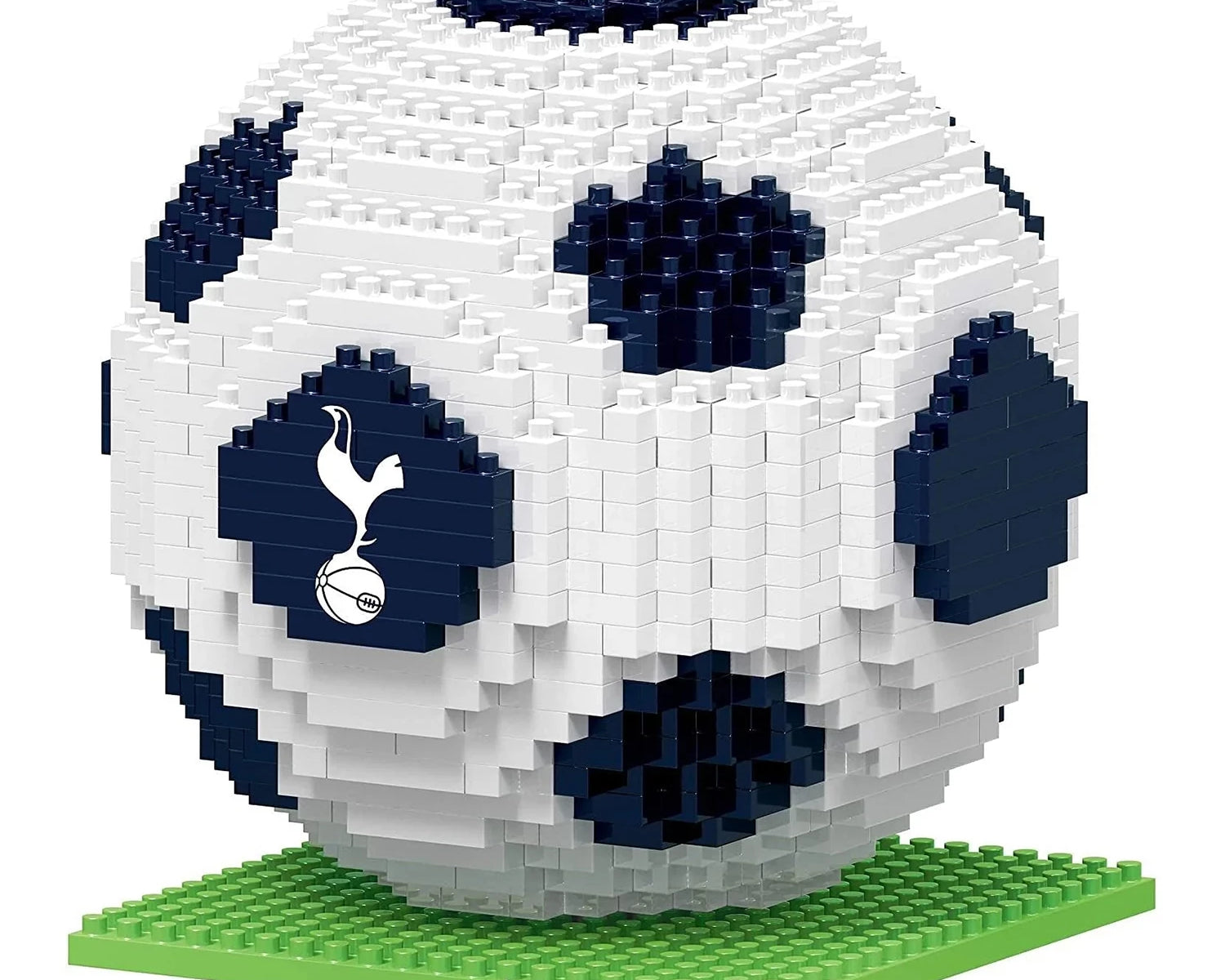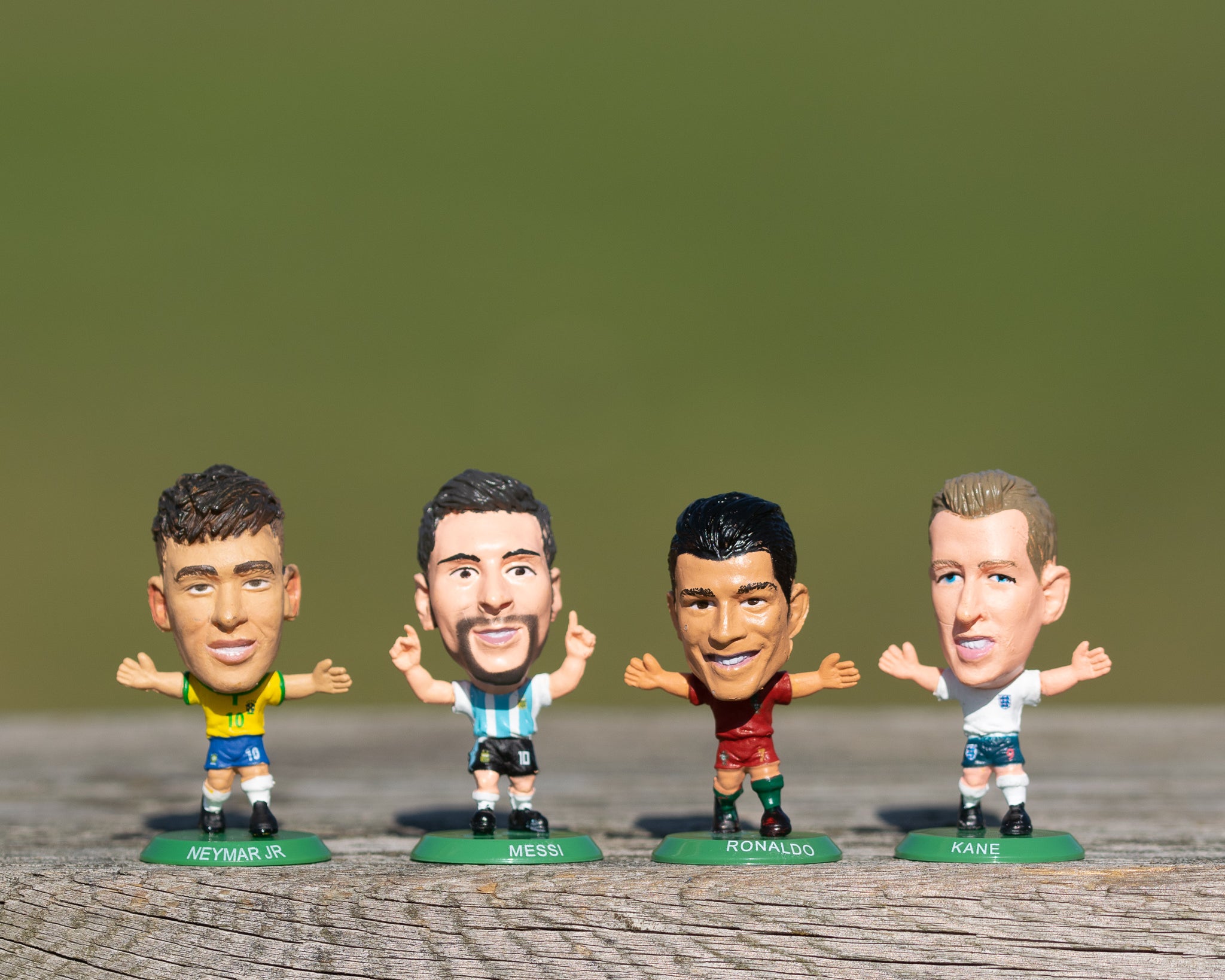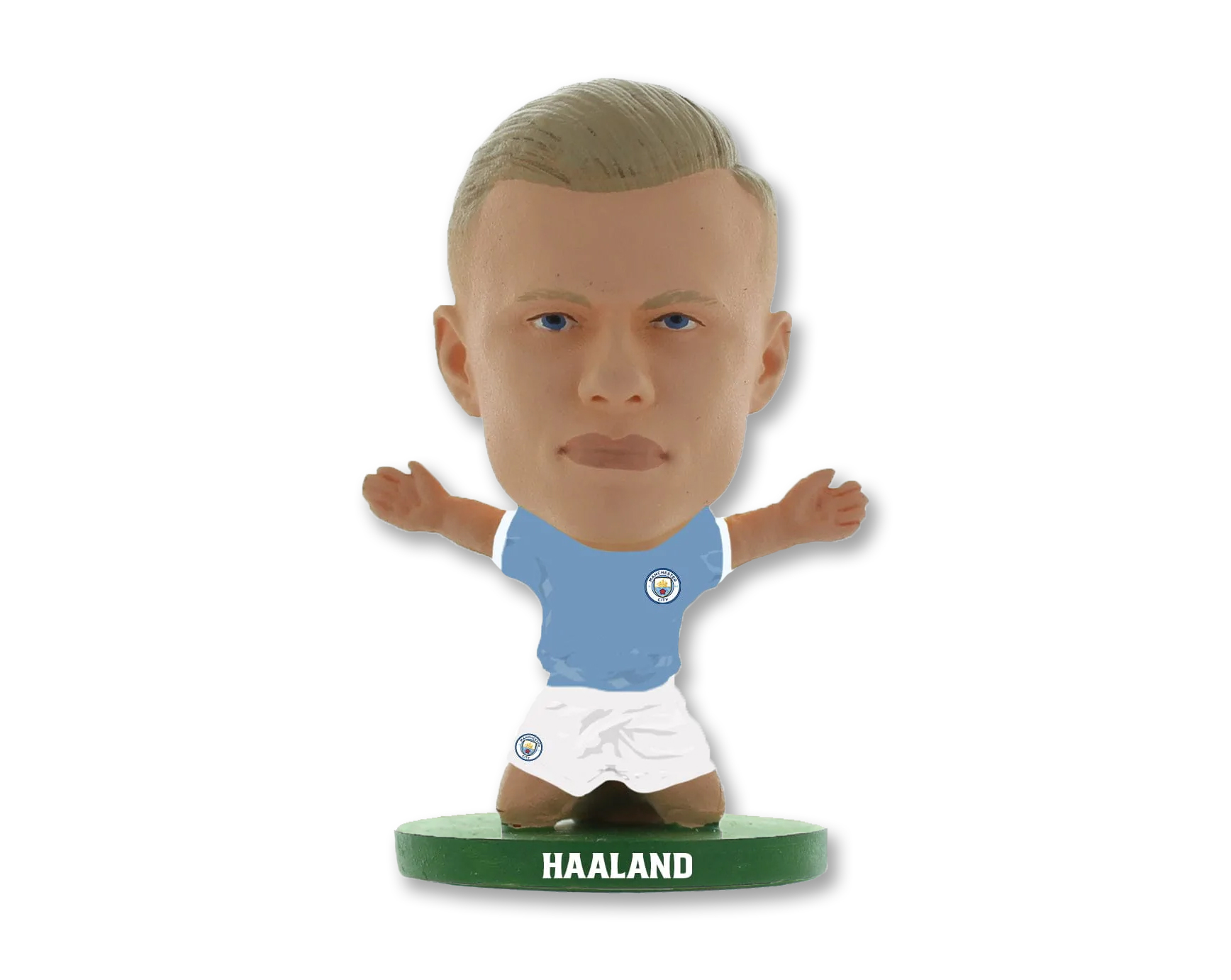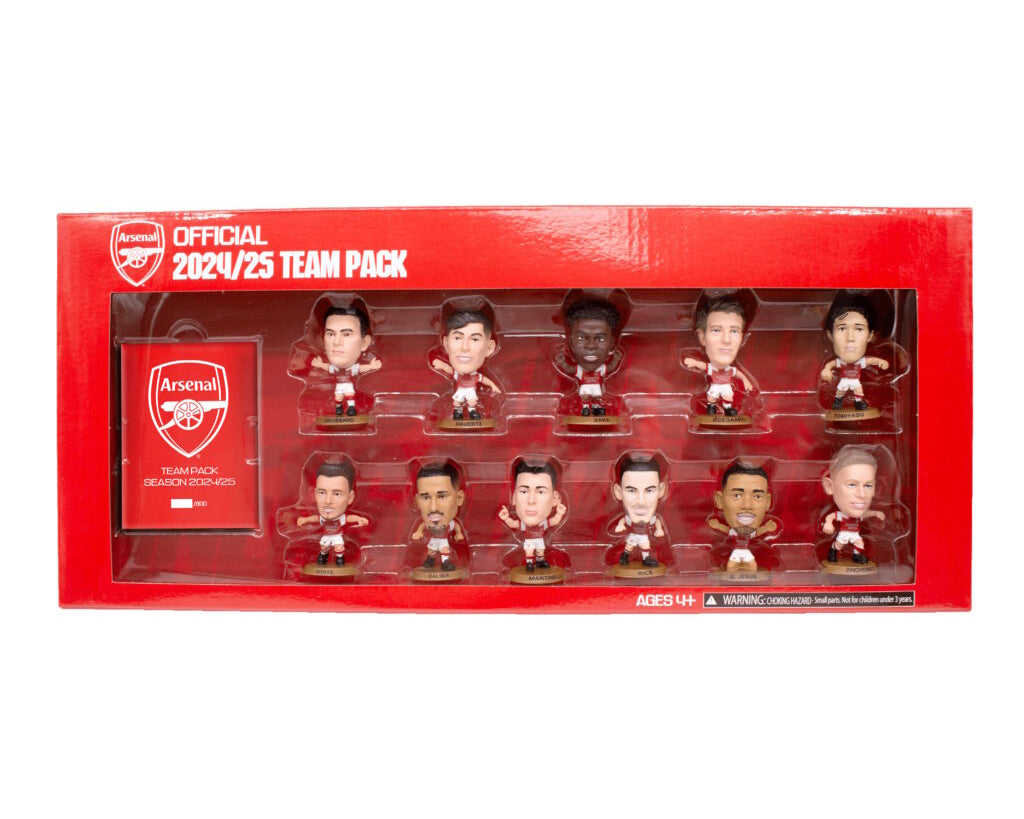How Does Formula 1 Racing Work?
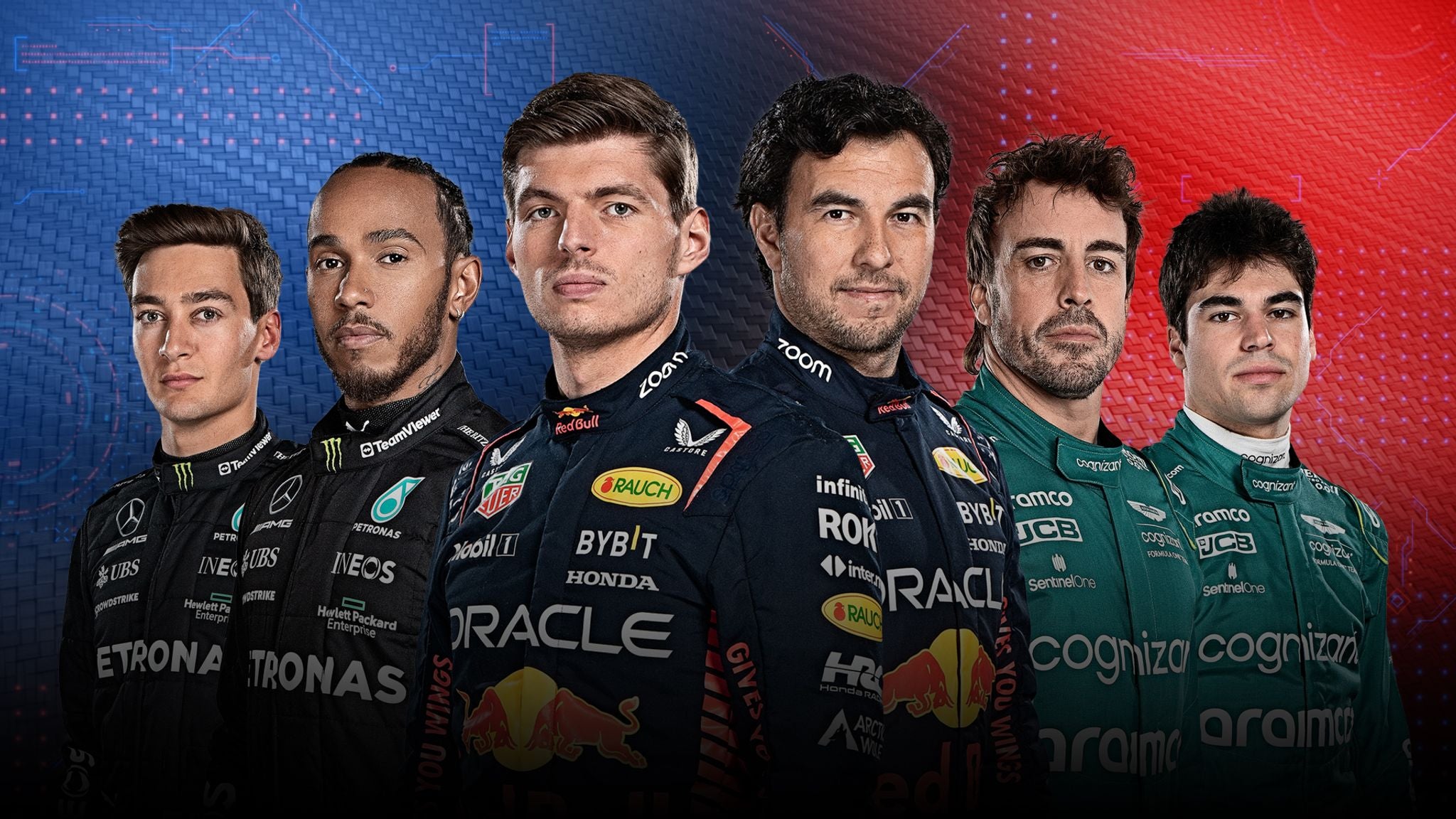
Entering the world of Formula 1 can be intimidating if you know nothing about the sport. The action-packed motorsport isn’t just a driver and car, but rather a combination of strength, speed, engineering, and strategy. Every aspect of Formula 1 is designed to push the boundaries of what’s possible in motorsport.
Getting into Formula 1 can be exciting as there are so many great teams and drivers to look out for. The sport can seem extremely complex at first, but we’re here to help you learn all of the basics. If you’re interested in learning about how Formula 1 works – or you need just enough information to have a conversation about Formula 1 - keep scrolling!
What is Formula 1?
Formula 1 – also called F1 for short – is the pinnacle of international auto racing sports. Formula 1 is the highest level of single-seat racing, open-wheel, and open-cockpit professional motor racing.
Formula 1 visits both traditional racetracks and street circuits in racing hotspots across the world, including the UK, Italy, Belgium, and Monaco. Recently, Formula 1 has expanded into new territories such as Singapore, Saudi Arabia, and the Netherlands.
The Formula 1 season typically begins with testing in late February, with the final Grand Prix in November. The 8 to 9-month long seasons see teams travel across the world for races, with only a few breaks in between race weekends. Every season there tends to be Grand Prix’s added to the calendar, with the 2023 season reaching the most ever: 24.
Who are the Teams?

Formula 1 has a race structure that involves 10 teams, and each team has two drivers, and one reserve driver. The 10 teams that are currently racing in Formula 1 include:
- Red Bull Racing
- Mercedes
- Aston Martin
- Ferrari
- McLaren
- Alpine
- Williams
- Haas F1 Team
- Alfa Romeo
- AlphaTauri
Formula 1 is a team sport. Yes, there are only 2 drivers that drive on race weekends, but it takes hundreds of people on the grid and behind the scenes to make a successful Formula 1 team. Most teams have anywhere between 300 to 1,200 people who are involved in the manufacturing, development, design, and engineering that make a racing team successful. The two drivers are the focus of the team, but behind them there are hundreds who travel to races to set up, run and repair the cars, those who deal with the technical side of things, and all of the mechanics who are in the garage on the grid.
We could go on forever naming all of the roles that each team has, but the lead role is the Team Principal. The Team Principal oversees the operations at the track, the factory, and they’re heavily involved in the politics of the sport.
Who Races?
Each team has two drivers and one reserve driver. Some may say that Formula 1 drivers are more like fighter pilots than they are sportspeople. In Formula 1 only 20 drivers get the chance to compete, so they must push themselves to every limit. To face extreme g-forces at 300 km/h, it takes both physical and mental strength to make it in Formula 1.
The 2023 roster includes:
|
Team |
Driver 1 |
Driver 2 |
|
Red Bull Racing |
Max Verstappen |
Serio Perez |
|
Mercedes |
Lewis Hamilton |
George Russell |
|
Aston Martin |
Fernando Alonso |
Lance Stroll |
|
Ferrari |
Charles Leclerc |
Carlos Sainz |
|
McLaren |
Lando Norris |
Oscar Piastri |
|
Alpine |
Pierre Gasly |
Esteban Ocon |
|
Williams |
Alexander Albon |
Logan Sargeant |
|
Haas F1 Team |
Kevin Magnussen |
Nico Hulkengerg |
|
Alfa Romeo |
Valtteri Bottas |
Zhou Guanu |
|
AlphaTauri |
Yuki Tsunodo |
Daniel Ricciardo |
How Do Race Weekends Work?

The most confusing part of Formula 1 for many people to understand is how the race weekend works. A race weekend takes place from Friday to Sunday, where there are three one-hour Free Practice sessions – two take place on Friday (FP1 &FP2), and one on Saturday morning (FP3).
After FP3 on Saturday, there is an hour of qualifying rounds split into three sessions in the afternoon – Q1, Q2, and Q3. The qualifying rounds are there to determine the starting positions on Sunday’s race.
Q1 lasts 18 minutes and all 20 cars are on the circuit. The five slowest cars are eliminated and are placed in positions 16 through 20 on the grid.
Q2 lasts 15 minutes and, again, the five slowest cars are eliminated and occupy positions 11 through 15 on the grid.
Lastly, Q3 begins with the 10 remaining cars and is 12 minutes long. Q3 determines the 10 remaining positions, with the fastest driver occupying ‘pole position’, which is considered the best position to start with.
When you hear people talk about Formula 1 race days, they’re referring to the Sunday of the Grand Prix weekend. Before the race starts, the drivers conduct reconnaissance laps on the grid to gauge circuit conditions and conduct last-minute checks. Then there’s the formation lap, where you’ll see the drivers weaving their cars from side to side to warm up their tires before taking their grid positions. When they’re in position, the Race Director will initiate the starting sequence, which involves five lights turning on, before blinking out one by one – officially commencing the race.
A Grand Prix race generally lasts up to two hours, but the distance is equal to the least number of laps that exceeds 305 km. There are some Grand Prix’s that have exceptions to the rules. For instance, the Monaco Grand Prix length is equal to the least number of laps that exceed 260 km given the circuits lower speed.
The 2023 season has six Sprint weekends, which consist of a sprint race on the Saturday after a shorter qualifying session, called the sprint shootout, to determine the grid for the Sprint. Fridays then have FP1 and a qualifying race to determine the grid for Sunday’s race. This season the Sprint has become a standalone race with the outcome having no effect on the grid for Sunday’s Grand Prix race.
To shorten all of that down: Fridays, the teams practice; Saturday’s the Qualifiers to determine the grid positions; and Sunday’s the official race day!
Formula 1 Tyres and Pit Stops
Two of the most important race elements that can make or break a race are the use of tyres and pit stops.
In Formula 1, Pirelli supplies the tyres for all teams, and they produce three different compounds for them to use over the race weekend: softs, mediums, and hards.
Soft tyres are the quickest, but they also wear away the fastest, while the hards are the slowest but have the most durability. Softs, mediums, and hards are dry, slick tyres, while the intermediate and wets are used for wet weather conditions. During a dry race, everyone must use at least two different compounds of the slick tyres by the end of the race. If it rains, they’re permitted to use any compound.
Teams use the practice sessions to determine their tyre strategy and understand what will work best for the circuit conditions. In qualifying, the teams usually use soft tyres to produce the quickest lap times.
During the race, teams must make at least one pit stop to change their tyres. Choosing when to pit stop and what tyres to change to are all strategic to every race. Pit stops are executed by 23 mechanics who all work on the car, change the tyres, and make any other changes in under three seconds. Any longer than that could be detrimental to the rest of the race.
A team can decide how many pit stops they choose to make, as it ultimately comes down to their chosen strategy. In the event of an accident to the tyres, the mechanics can replace them with new ones, and same goes for the front wing. When there’s damage to the engine, rear wing, suspension, or further, then the team will often retire the car from the race.
Formula 1 Objectives
The objective of Formula 1 is to gain as many points as possible. How do you get points? You win races! At the end of the season, the driver with the most points wins the World Championship title.
In Formula 1 there are two different types of championships to be won. The first is the World Drivers’ Championship, which is won by the driver with the most points at the end of the season The second is the Constructors' Championship award – the constructor (Red Bull, Mercedes, Ferrari etc.) with the most points in a season wins the Constructors’ Championship. The points system for Constructors is the same, but if both drivers land in the top ten, the team will receive points from both drivers.
You may be wondering why the Constructors Championship is important. The answer?: Teams are responsible for building and developing their own cars. Teams need to build a car that is fast enough to score points but also unique from their competitors. Each season the winner of the Constructor’s Championship receives the most prize money from the prize pot while 10th place receiving the least. It’s important that the teams place high as the more money they receive, the more they’ll have to put into developing a better car for the next season. The teams with the least amount of money don’t have as much to put into their team as a whole the next season.
Points System
By the end of each Grand Prix race, the top 10 drivers to finish the fastest receive points based on the positions they finish in. The current racing points system is:
|
1st Place |
25 points |
|
2nd Place |
18 points |
|
3rd Place |
15 points |
|
4th Place |
12 points |
|
5th Place |
10 points |
|
6th Place |
8 points |
|
7th Place |
6 points |
|
8th Place |
4 points |
|
9th Place |
2 points |
|
10th Place |
1 point |
In order to receive points, a driver must be classified as a finisher. For this, the driver must have completed 90% of the distance covered by the winner, regardless of whether he completes the race or not. If a race is stopped or cannot be restarted due to weather or other circumstances, the top 10 finishers will get half of the points from the table provided the winner has covered 75% of the race distance.
In the Sprint races, the top eight finishers will gain points according to this system:
|
1st Place |
8 points |
|
2nd Place |
7 points |
|
3rd Place |
6 points |
|
4th Place |
5 points |
|
5th Place |
4 points |
|
6th Place |
3 points |
|
7th Place |
2 points |
|
8th Place |
1 point |
If a driver changes teams in between a season, the points they gained with the previous team will still be added to their Drivers’ points, but the Constructors’ points go to the respective teams.
The more you watch Formula 1, the more you’ll get to know about the fast-paced sport. When you watch Formula 1, the thrill and excitement that it gives is more than any other sport out there. For all of the first time watchers, don’t miss out on the Italian Grand Prix that’s taking place this weekend!
If you’re already a fan of Formula 1 and you haven’t immersed yourself into the world of trading cards – now’s the time! With each of Topps’ Formula 1 collections you can collect your favorite drivers, cars, and best moments, all on beautifully designed card stock. Online at SoccerCards.ca you can find this season’s collection fully stocked, and you can learn more about the cards you can find in our Blog!
- Tags: LIFESTYLE
0 comments







